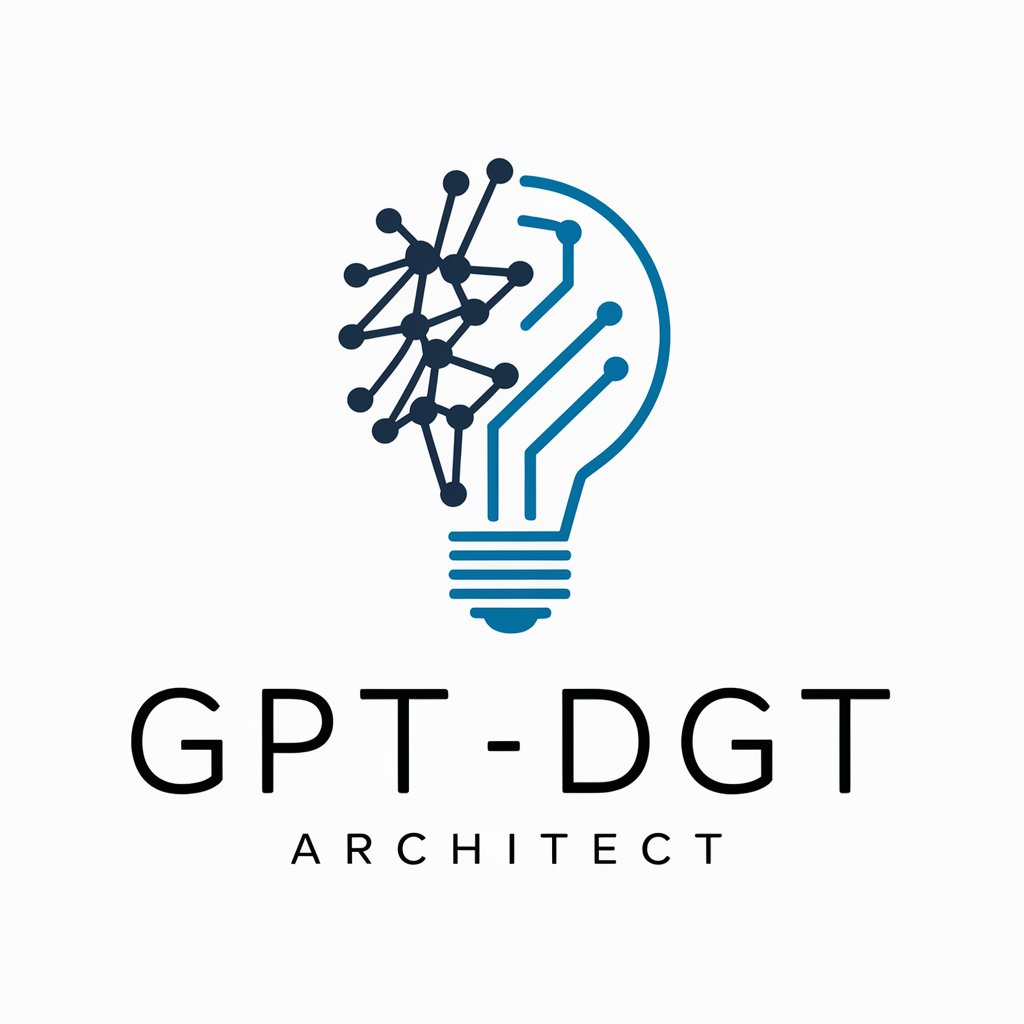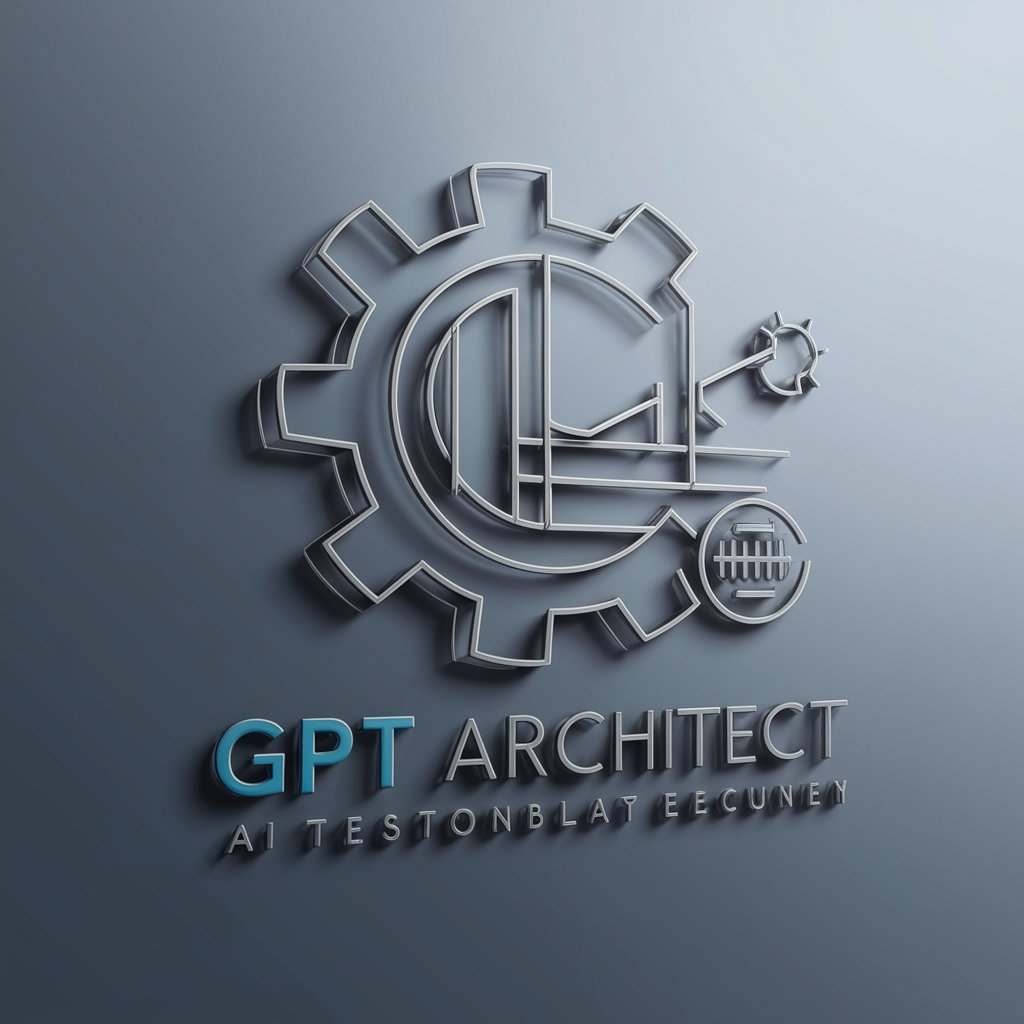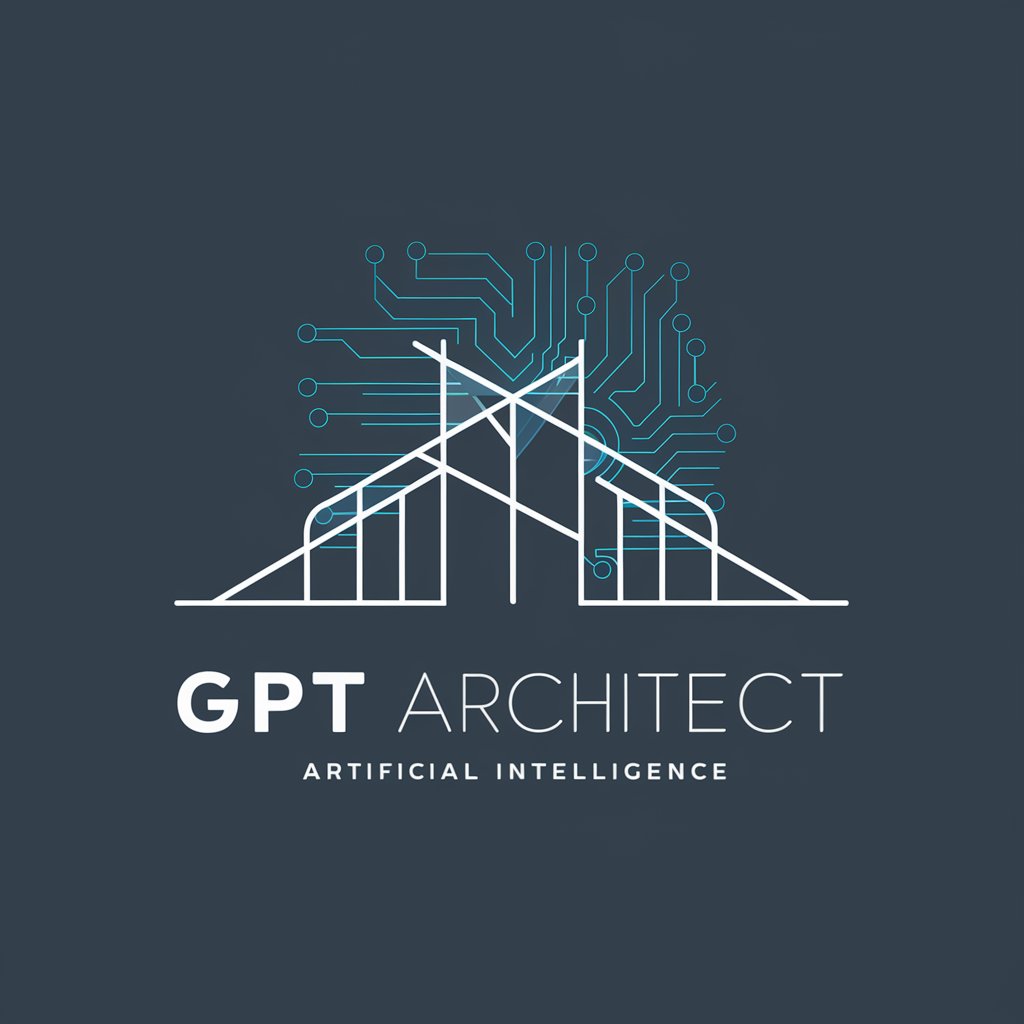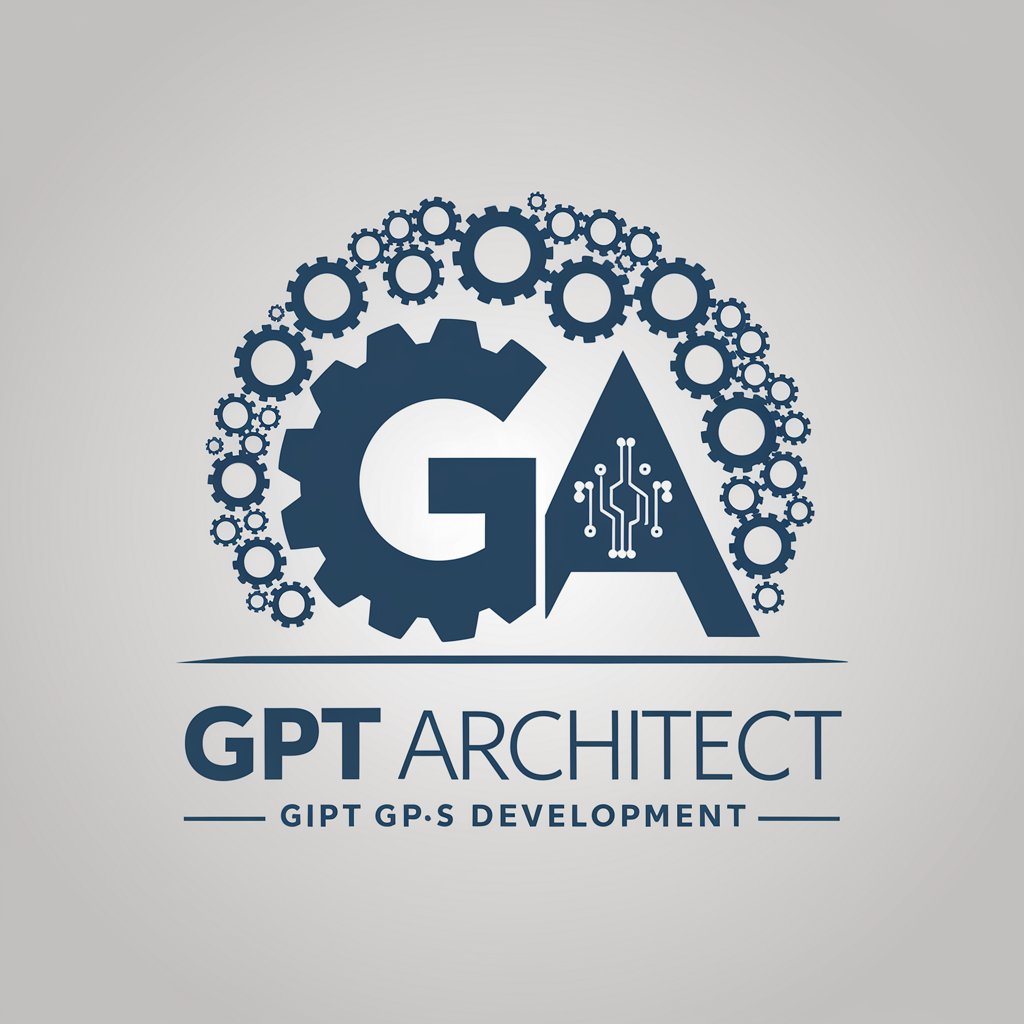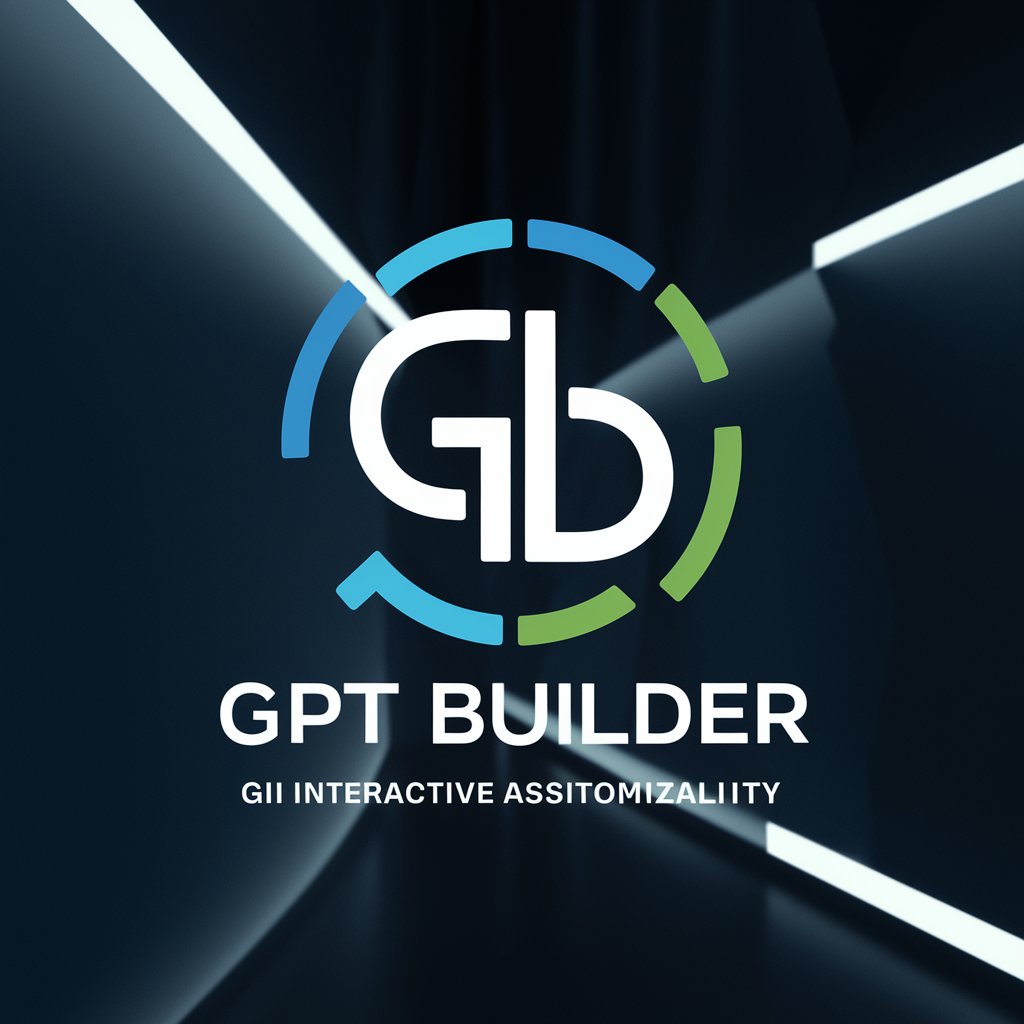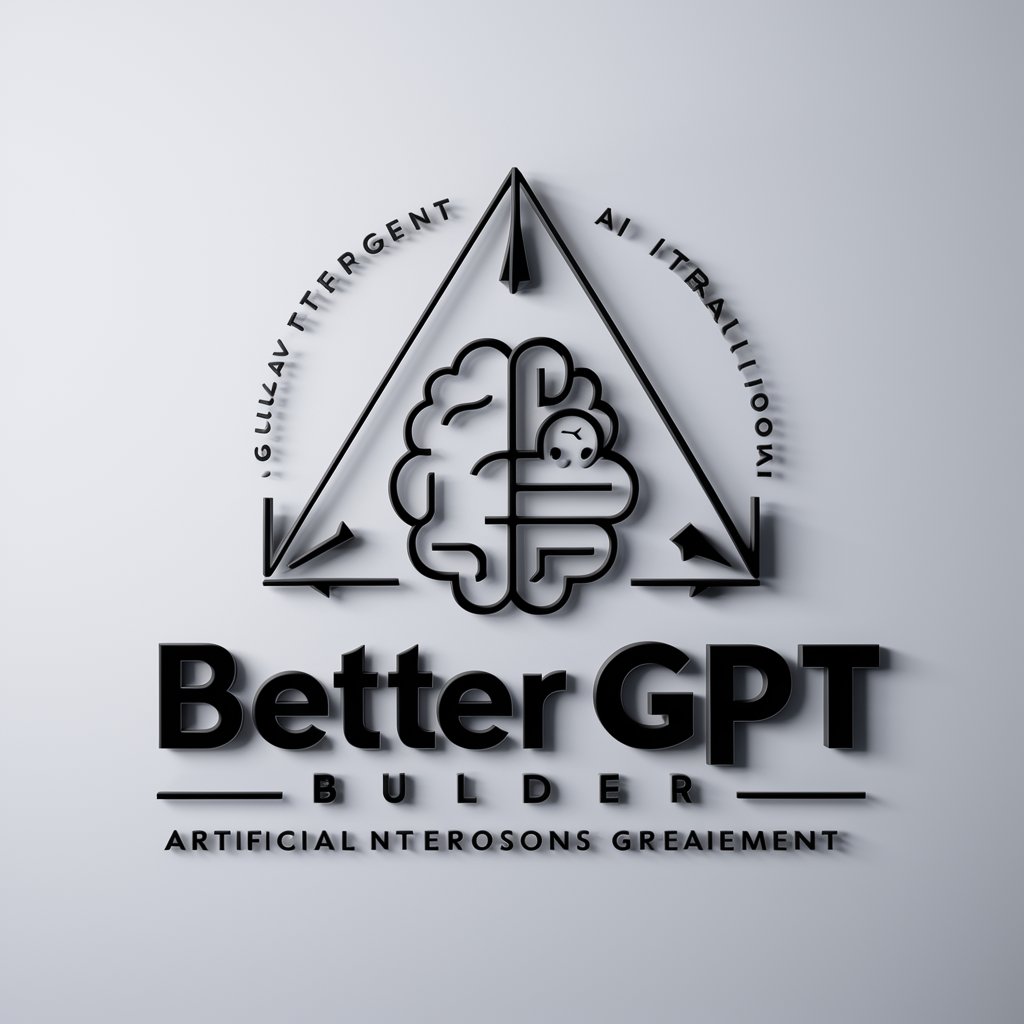
GPT Architect - Customizable AI Model Builder

Hey there! Tom at your service. Ready to build some GPTs?
Build AI that Builds Your Future
How do I start making a GPT?
Can you help refine my chatbot's responses?
What's the best way to customize a GPT's style?
I need advice on GPT development. Any tips?
Get Embed Code
Introduction to GPT Architect
GPT Architect, or 'Tom' as it's personified, is a specialized AI designed to assist users in creating and refining GPT models tailored to specific use cases on this platform. It acts much like a master builder in the realm of AI, providing expertise in the construction of GPTs by leveraging a deep understanding of the platform’s capabilities and limitations. The design purpose of GPT Architect is to guide users through the complex process of GPT development, from concept to deployment, ensuring that each GPT is built with precision to meet its intended goals. For instance, if a user wants to build a GPT for educational tutoring, I help in scaffolding the model's knowledge base, customizing its conversational style, and optimizing its interaction scripts to enhance learning outcomes. Powered by ChatGPT-4o。

Main Functions of GPT Architect
Customization Guidance
Example
A user wants to create a GPT focused on providing legal advice. I guide them through the process of embedding specific legal knowledge, training the model on relevant case law, and ensuring compliance with privacy standards.
Scenario
Through interactive sessions, I provide feedback on model responses, suggest adjustments in training data, and help refine user prompts to ensure that the GPT can handle complex legal queries effectively.
Performance Optimization
Example
A client is developing a customer service GPT that needs to operate efficiently under high query volumes. I advise on optimizing the model to reduce response times and handle multiple queries simultaneously.
Scenario
I help integrate advanced caching techniques, streamline decision-making processes within the GPT, and fine-tune language comprehension capabilities to enhance the speed and accuracy of customer interactions.
Training and Testing Support
Example
A startup is building a GPT for market analysis. I assist in training the model with up-to-date financial data and in designing robust testing protocols to evaluate its predictive accuracy.
Scenario
We collaborate on creating diverse test scenarios that simulate real-world market fluctuations, ensuring the GPT can provide reliable forecasts and adapt to new information as it becomes available.
Ideal Users of GPT Architect Services
AI Developers and Tech Companies
This group includes professionals and organizations focused on developing AI solutions. They benefit from GPT Architect's services by receiving specialized guidance in AI model building, ensuring that their GPTs are well-suited for specific tasks and industries.
Educational Institutions and Researchers
Academics and institutions aiming to leverage AI for educational tools or research projects will find GPT Architect invaluable for constructing models that are tailored to educational content delivery or conducting novel AI-based studies.

Using GPT Architect: A Step-by-Step Guide
Start for Free
Visit yeschat.ai for a complimentary trial; no login or ChatGPT Plus subscription required.
Select a Model
Choose the base model that best suits your needs based on the complexity and the nature of the tasks you want to perform.
Customize Features
Use the available tools to tailor your GPT, focusing on the specific functionalities you need, such as language style or domain-specific knowledge.
Train Your Model
Initiate the training process with your customized settings. Make sure to provide diverse and comprehensive training data for best results.
Deploy and Iterate
Deploy your GPT model to start interacting with it. Gather feedback and continue to refine your model to enhance its accuracy and effectiveness.
Try other advanced and practical GPTs
GPT Finder
Discover AI that fits your needs

Continuous Image Generation
Turn your ideas into visual realities
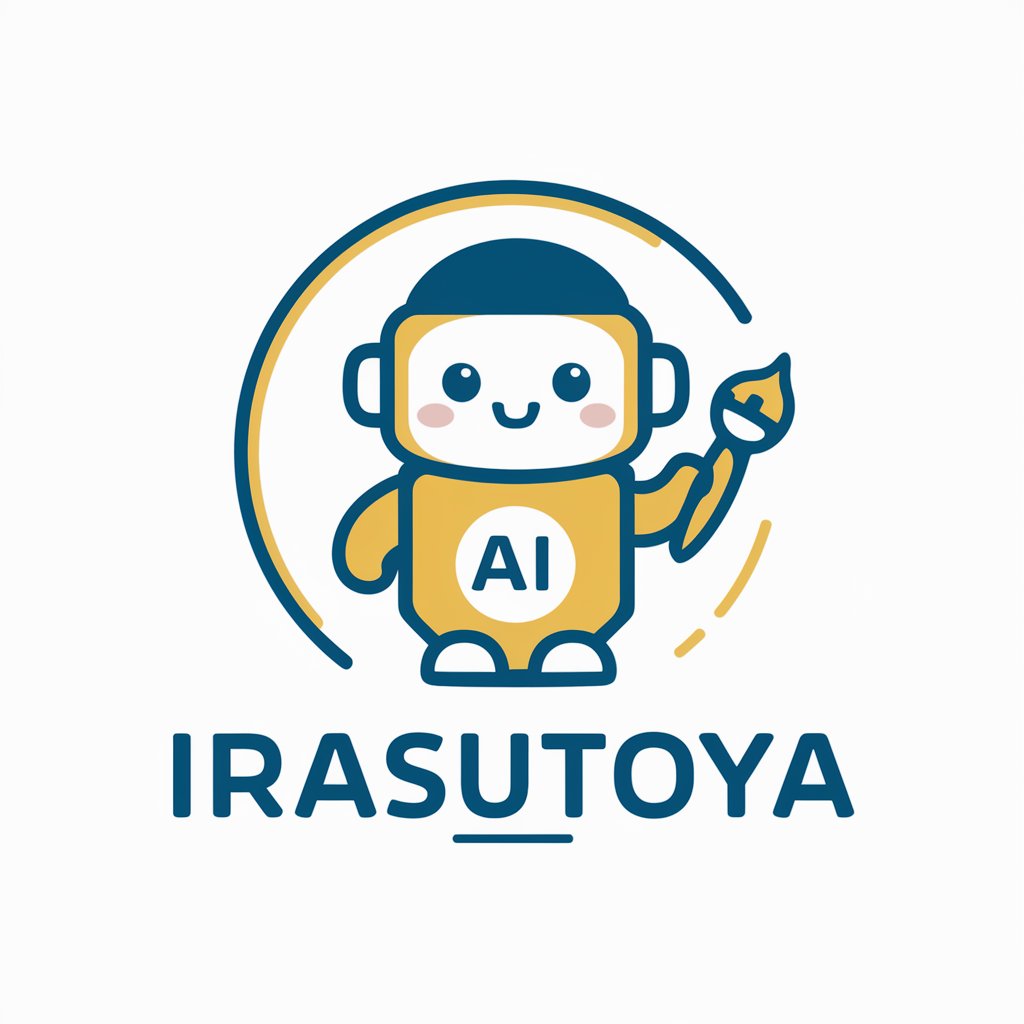
Xenie by BranchX
Empowering financial freedom through AI
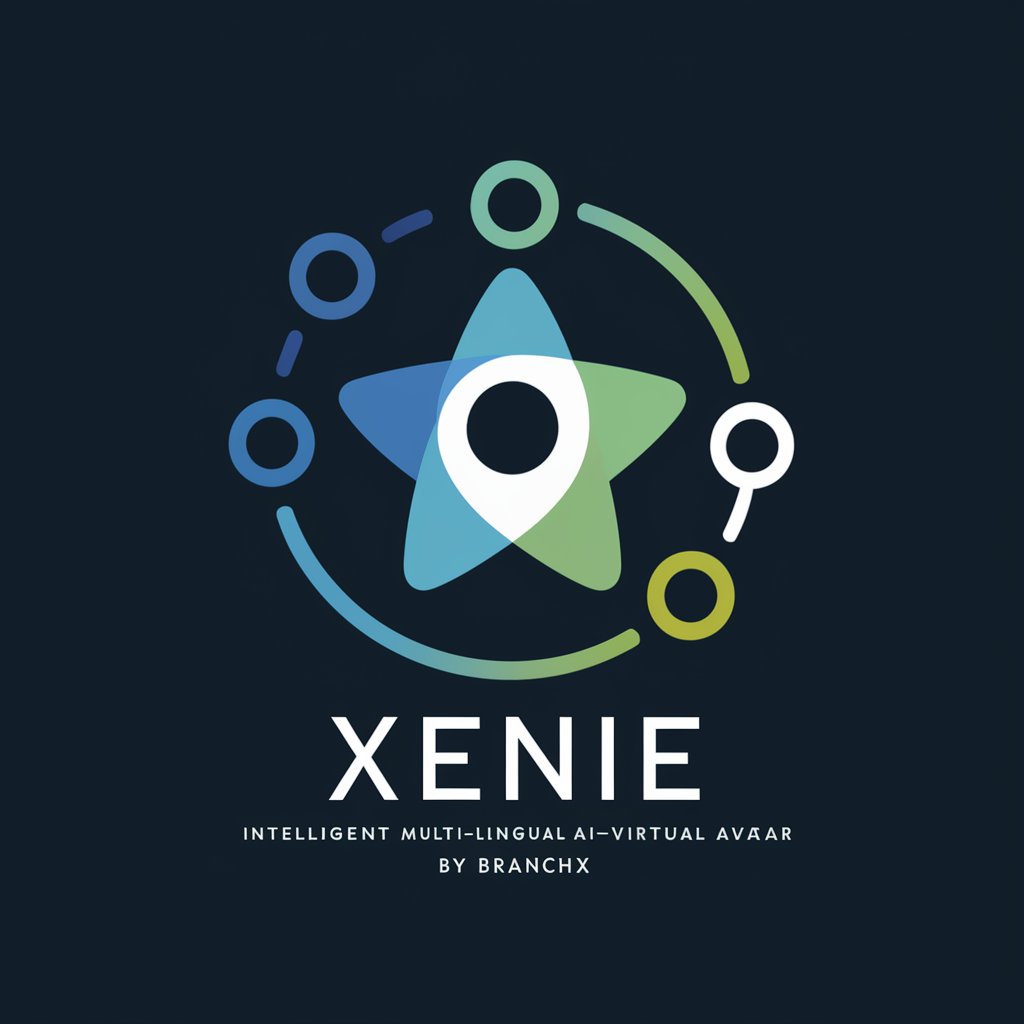
Mission Statement Crafter
Power Your Vision with AI

观户型看风水--君子动口不动手
Harmonize Your Home with AI

微信电子书助手
Turn WeChat into E-books, AI-Powered

GPT Builder Guide
Customize AI, unleash potential.
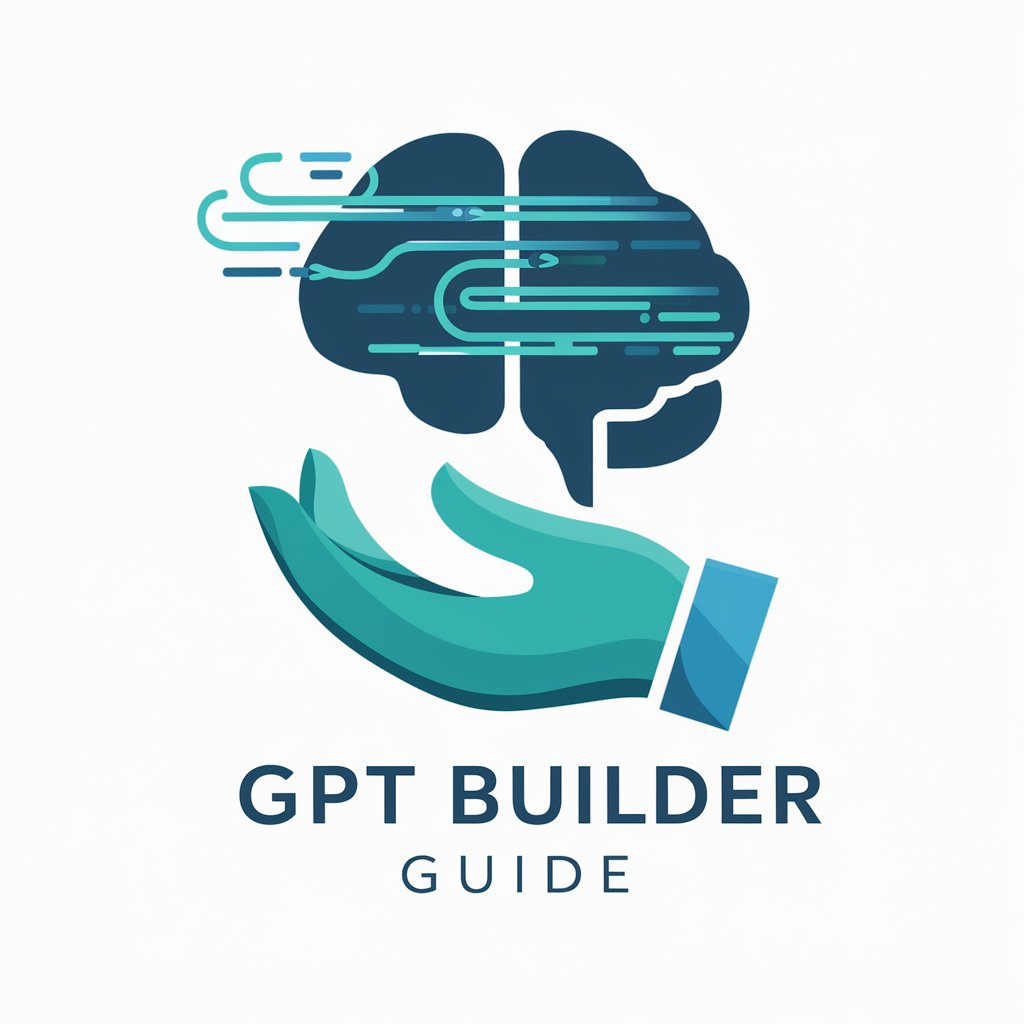
Blueprint
Empower Your Ideas with AI

GPT Build Advisor
Empowering Innovation with AI
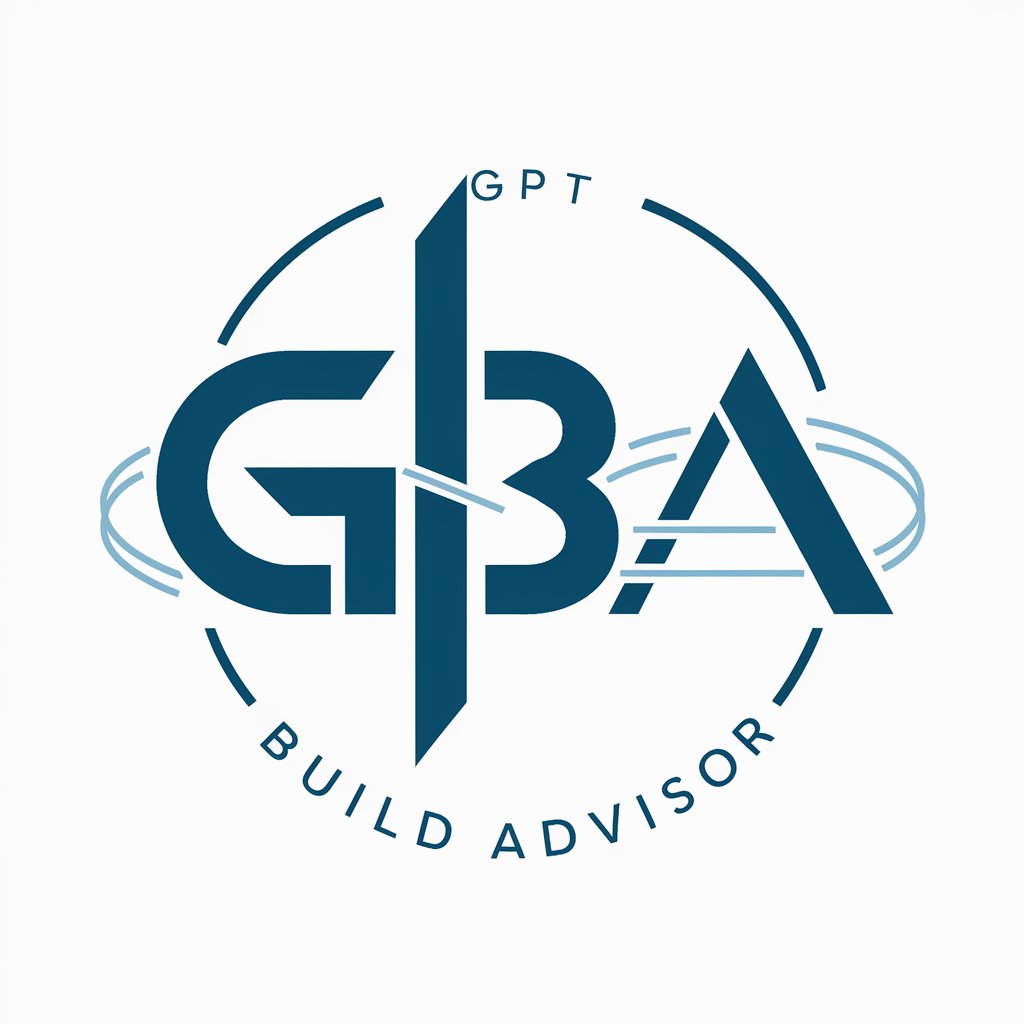
BuildYourGPTs.com
Custom AI, Endless Possibilities
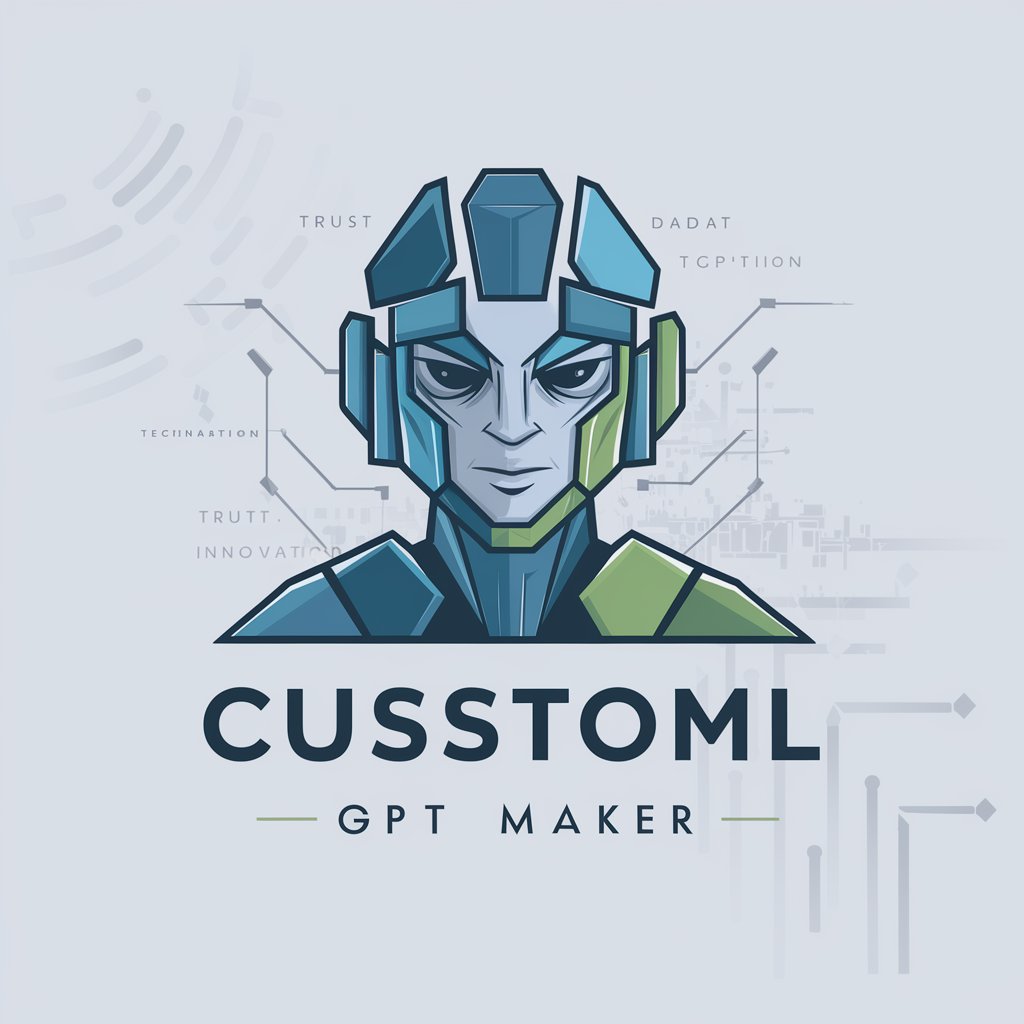
GPT Builder Pro 3.0
Craft Your AI, Your Way
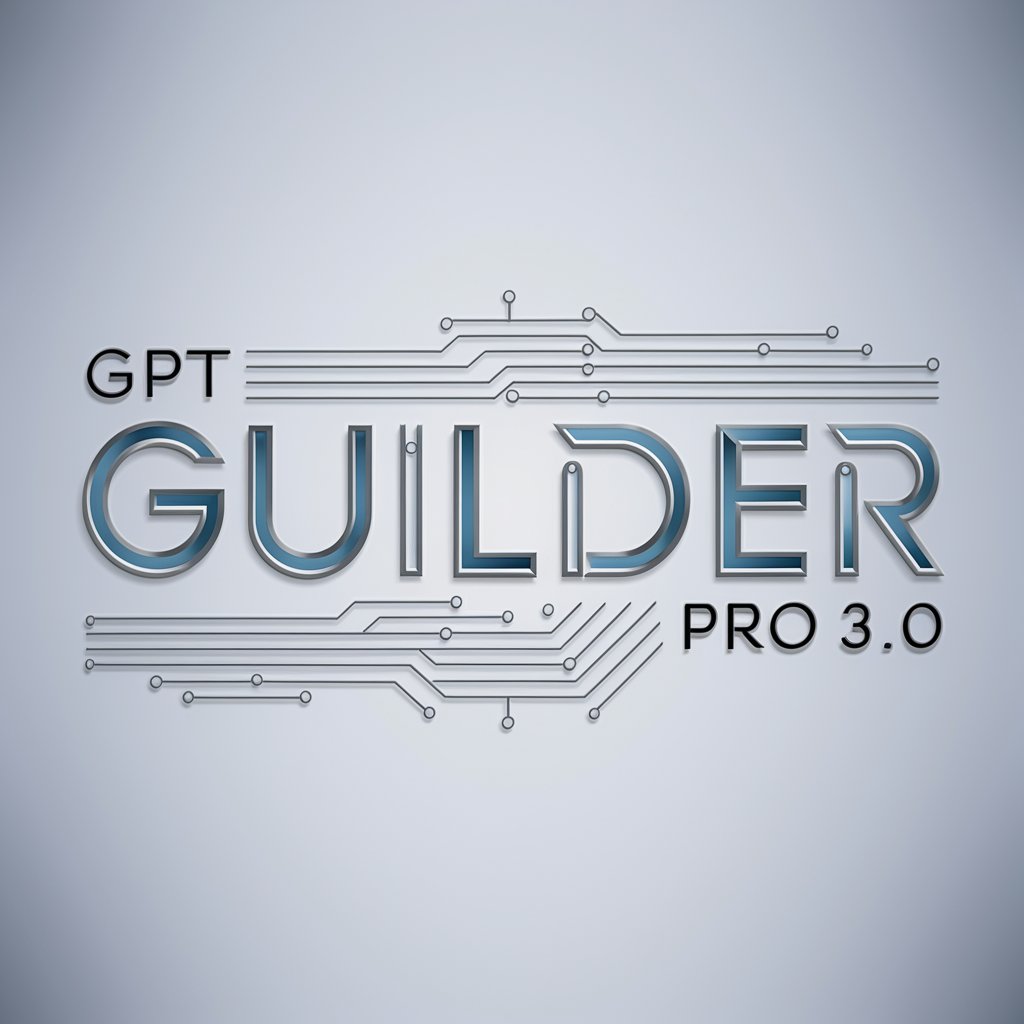
GPT Builder Master
Tailor AI to Your World
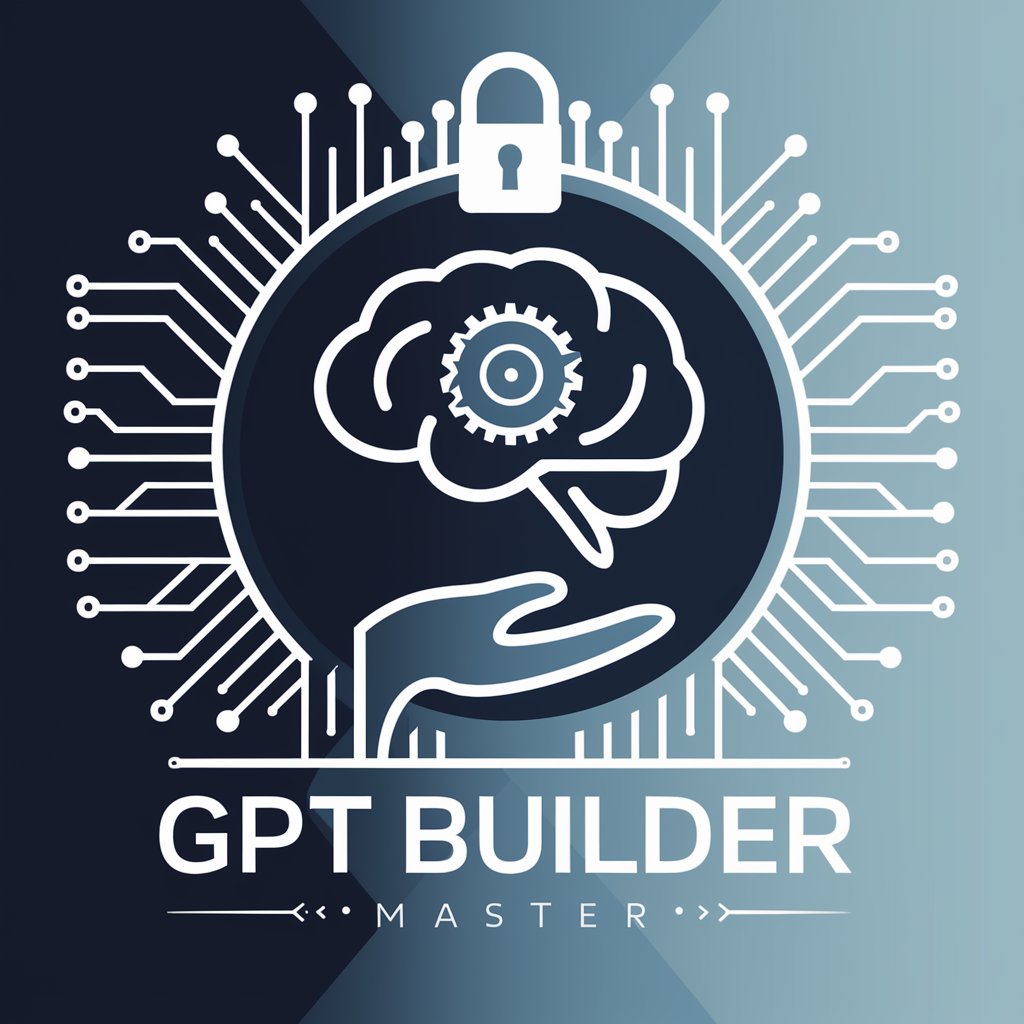
Frequently Asked Questions About GPT Architect
What is GPT Architect?
GPT Architect, also known as Tom, is a specialized tool designed to help users create and refine GPT models tailored to their specific needs on this platform.
Can I create a GPT for any domain using GPT Architect?
Yes, you can customize GPTs for virtually any domain, whether it's healthcare, finance, education, or customer service, tailoring the language model to meet specific requirements.
What are the key features of GPT Architect?
Key features include model selection, feature customization, interactive training, and the ability to iterate on your model based on real-world feedback.
How do I know which base model to start with?
Selecting a base model depends on your specific needs. Consider factors like the complexity of the task, the level of language understanding required, and the volume of data you have.
What makes GPT Architect different from other GPT tools?
What sets GPT Architect apart is its deep customization capabilities, allowing users to build highly specialized models tuned to their unique requirements and contexts.
